
YOUR WINE TOUR ADVENTURE STARTS HERE

If you’re building your itinerary and wondering where to start, think of Sonoma as the casual, creative sibling of Northern California wine country—the one who knows the farmers by name, can point you to the right trailhead at sunrise, and still scores a last-minute table at that tiny bistro you heard about. There are more things to do in Sonoma than most first-timers expect: world-class wineries, redwood hiking, Russian River swims, laid-back restaurants, and small-town nightlife that feels more like a friend’s backyard party than a velvet-rope scene. Translation: you can make your vacation as mellow or as deluxe as you like.
Use this guide as your insider cheat sheet to the best Sonoma activities across seasons. You’ll find curated wine experiences, scenic drives for serious photography, local markets, coastal detours, and cultural stops that turn an already great trip into a string of standout moments. Grapeline has shepherded many guests through the top Sonoma attractions and cellar doors, so we’ll help you sort the can’t-miss tastings from the nice-to-have detours, and surface smart, money-savvy moves along the way. Whether you’re plotting a long weekend or an epic weeklong sightseeing circuit, we’ve packed in the most repeat-worthy things to do in Sonoma—plus ways to book smarter, move easier, and taste better.
Pro tip for planners: skim the seasonal section first, then build out the rest using Sonoma wine tours that match your vibe and pace. If you’re gifting the trip, grab Grapeline wine tour gift certificates for a future date, then send this guide to set the mood.
Here’s the big picture. Sonoma County stretches from the wave-crashed Pacific Coast on the west to the Mayacamas Mountains on the east, with 19 distinct AVAs (American Viticultural Areas) stitched across valleys, foothills, and wind gaps. That diversity of elevation, fog, and sunshine is why you can taste lean, ocean-kissed Chardonnay at noon and settle into a plush, sun-ripened Zinfandel by dinner. Nearly “60,000 acres or 6% of the county's total area devoted to vineyards in Sonoma” live within those borders, making Sonoma County one of California’s most varied wine regions without losing its relaxed, agricultural soul.
It’s not just vines. Sonoma County welcomes about 10.2 million visitors per year, according to the 2022 Sonoma County Annual Tourism Report, a testament to the region’s pull for tourism tied to food, culture, outdoors, and yes—tasting. You’ll feel the scale in the options, not in the crowds. The region retains a friendly, open-door character, with farmers markets in the plazas and vineyard roads that still smell faintly of hay in summer.
And if you’re comparing costs, Sonoma’s tasting fees remain notably gentler than our neighbor’s. Recent data shows “average tasting room fees compared to Napa” are around $43 for regular and $81 for reserve in Sonoma County, versus $75 and $138 respectively in Napa—one reason many travelers stack more experiences into a single day. That matters when you’re deciding how many stops to plan or whether to add a food pairing.
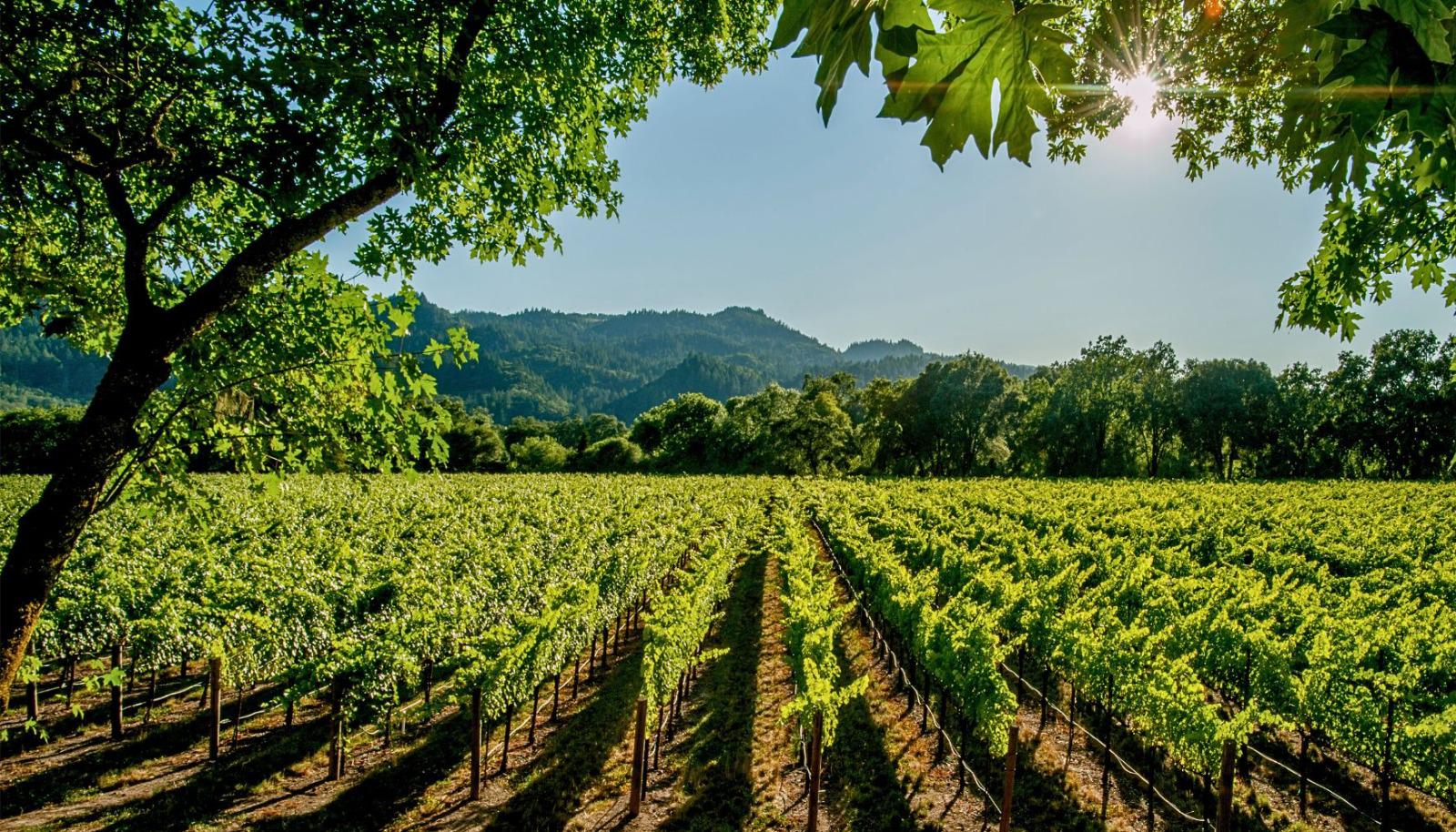
Make the calendar your friend. Sonoma events animate every month, from vineyard-side
fundraisers to film and car culture. If you love building trips around happenings, you’ll have
no trouble finding things to do in Sonoma County that match your interests.
Circle perennial favorites like the Sonoma Valley Harvest celebrations and
Wine Road’s
winter events for cool-season tasting crawls. If you’re eyeing comparative experiences with
Napa, note that tasting fees and formats evolve each year, and Sonoma County continues to
offer a wide spread of options—another point in favor of flexible planning.
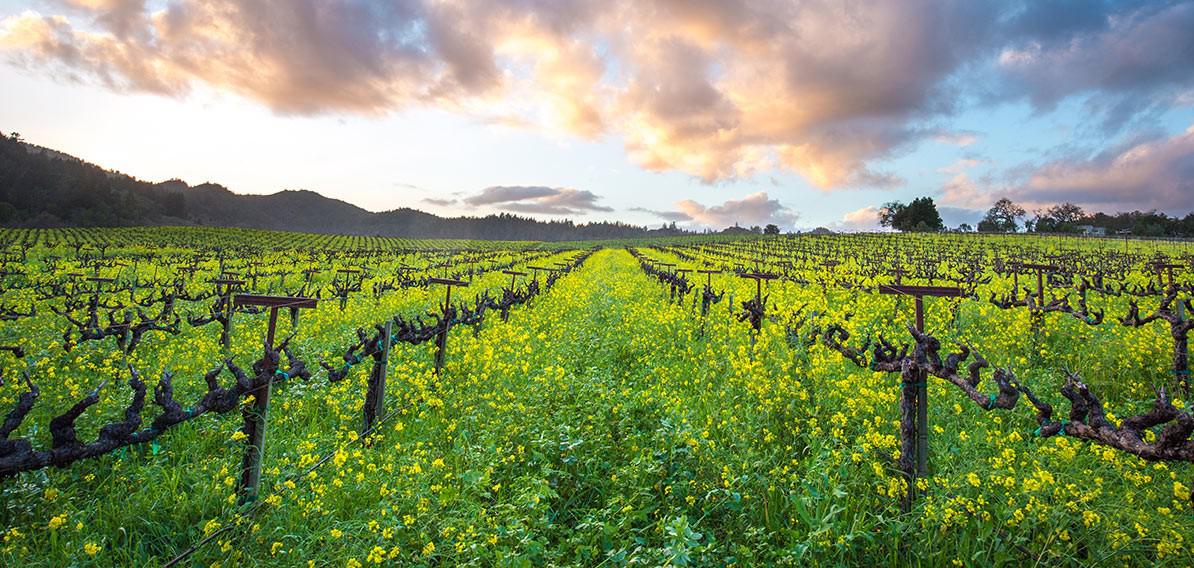
The 33rd Annual Winter Wineland offers a splendid two-day exploration of Sonoma County's wine country during the winter season. This event isn't confined to a single location but spans multiple wineries across Northern Sonoma, including Healdsburg, Santa Rosa, and several other locations. Attendees start their journey by selecting a check-in winery, where they receive a glass, a wristband, and an event map. This wristband and glass are essential for the entire weekend, allowing access to wine tastings at all participating wineries. The event features wine tasting at each location, with at least three tastes per winery, and an event program is provided to guide attendees.
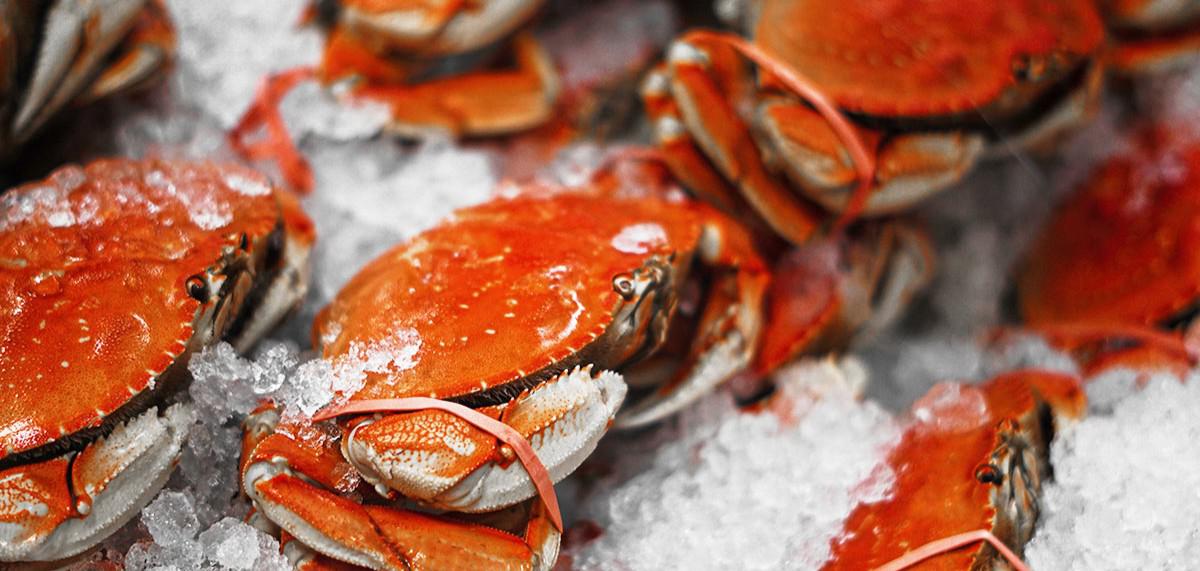
The 36th Annual Great Sonoma Crab & Wine Fest is a prominent event that celebrates local agriculture and business in Sonoma County, drawing over 1,500 attendees. As the largest crab feed in California and possibly the nation, it features a festive reception with top-notch Sonoma County beer, wine, and spirits. Guests can participate in both silent and live auctions while enjoying a vibrant atmosphere praised by many. The event is crucial for funding the Sonoma County Farm Bureau's agricultural education programs. By attending, participants contribute to strengthening agricultural impact and education in the community.
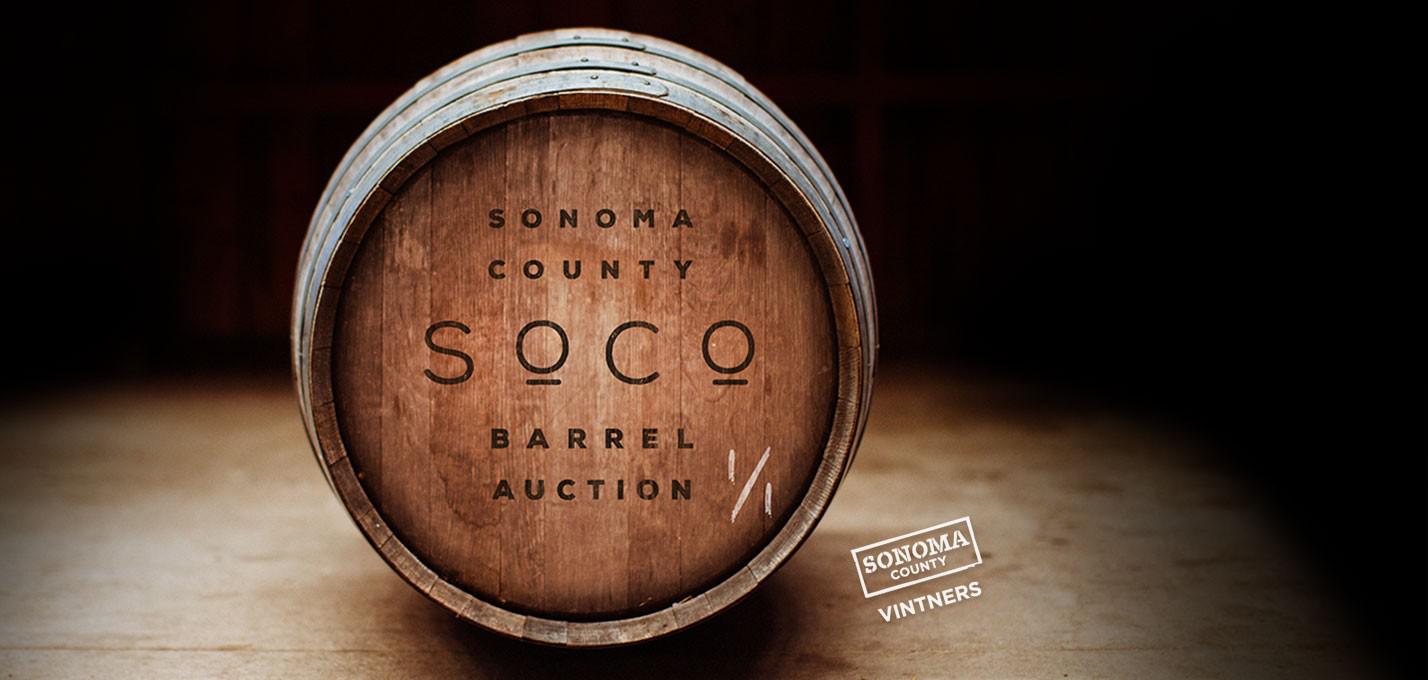
The Sonoma County Barrel Auction is an exclusive, invitation-only event organized annually by the Sonoma County Vintners. It showcases unique, one-of-a-kind wines, termed "Never Before, Never Again," crafted by some of Sonoma County’s foremost vintners. These wines represent the diverse styles and exceptional quality that the region is known for. The auction is open only to members of the wine trade and media. Proceeds from the auction are used to fund marketing programs and initiatives that benefit the Sonoma County wine community, supporting both trade and local promotional efforts.
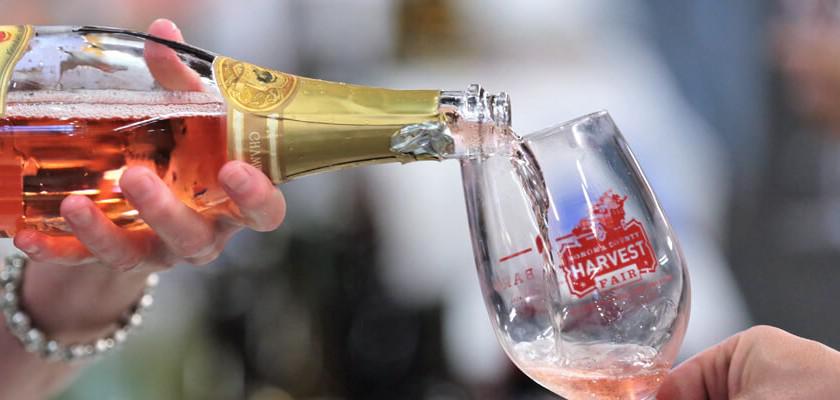
The Sonoma County Harvest Fair, established in 1975, is a significant event designed to showcase the agricultural, industrial, and recreational offerings of Sonoma County. Known for being one of the premier regional wine judging in the country, the fair attracts attention both statewide and nationally. It features a professional wine competition where 18 judges from various sectors, including trade, education, and hospitality, assess over 900 wines made exclusively from Sonoma County-grown grapes. The fair celebrates local cuisine with professional food competitions and maintains a distinctly local charm despite its national prominence.
A few more to check out:
Plan ahead for lodging and dining around these dates; peak weekends book fast.
You could spend an entire vacation chasing nothing but new pour lists and never get bored. From rustic barns with farm dogs to architectural stunners with art-gallery vibes, the spectrum of wineries here makes each stop feel distinct. Plan a relaxed three-to-four-stop day, leave room for a picnic or two, and mix a couple of household names with a pair of small-production gems. For a sortable overview of styles and locations, bookmark Sonoma wineries.
If your short list includes Sonoma attractions like cave tasting, library flights, or chef-led pairings, tell your host so they can sequence appointments sensibly. A great Grapeline wine tour guide irons out distances between AVAs and times arrivals to miss tour-bus crunches. It’s one of those subtle, day-saving Sonoma experiences that separates a good tasting day from a great one.
When you want to design the day around your tastes and tempo, go bespoke. With private Sonoma wine tours, you choose the varietals, we tune the route, and your host handles timing, reservations, and more. You can fold in a barrel tasting, a vineyard walk, or quick stops at nearby distilleries or breweries if you’re curious to compare craft spirits and hops with your food and wine pairings. It’s the most efficient way to cover a lot of wineries without feeling rushed—and the safest if your group plans to indulge.
Prefer to keep it open-ended? Opt for shared
Sonoma wine tours
that weave wineries by style and scenery. It’s turnkey: you pick, you sip.
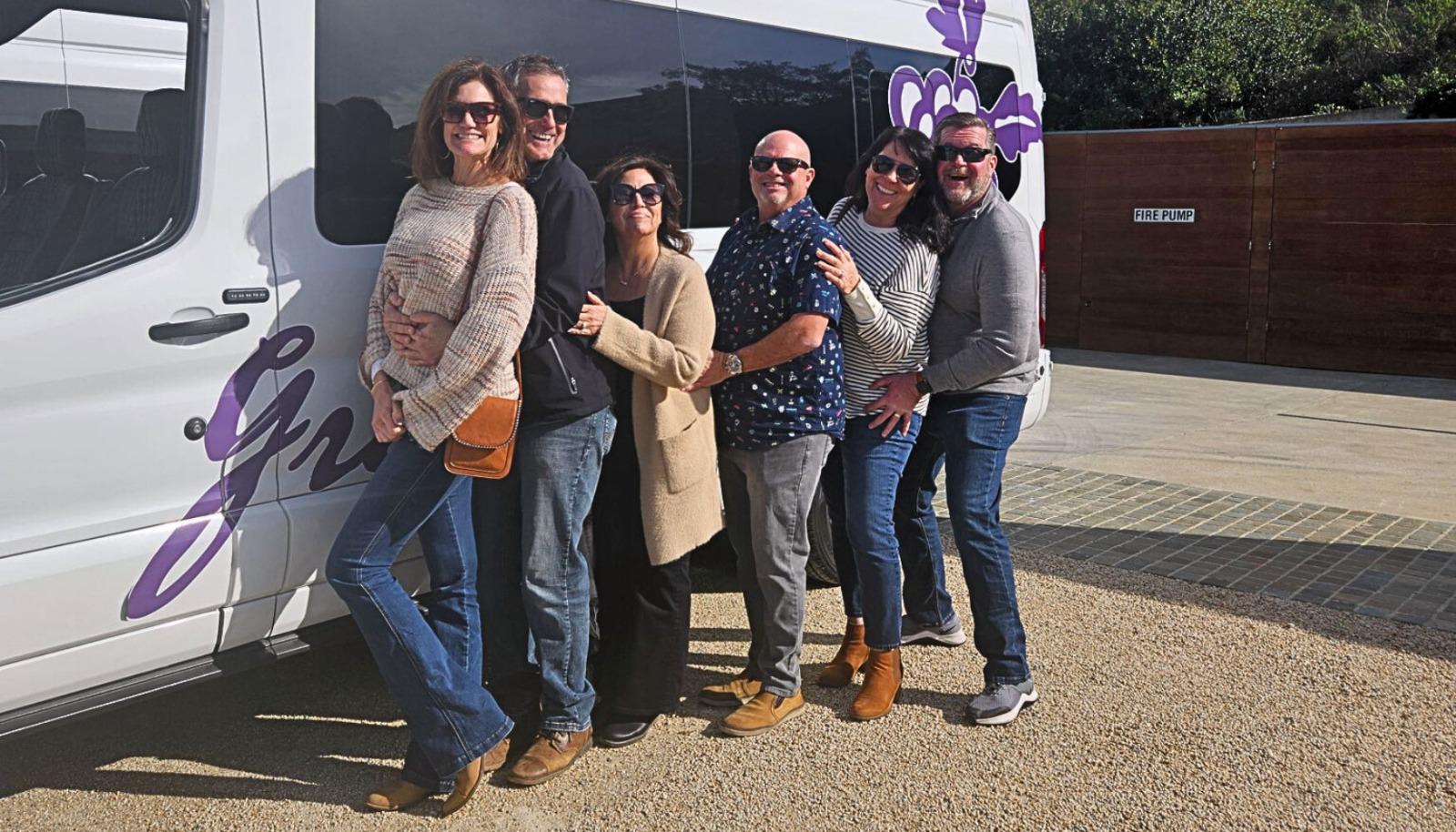
If you like your wine with a little story, ask about behind-the-scenes
enrichments—blend-your-own seminars, sommelier-guided verticals, and harvest-season “crush”
activities that let you peek into the production side. Fall brings the most action, but
spring and summer lineups often include garden walks, beekeeping talks, and vineyard
biodiversity tours that connect the dots between farms, soil, and what’s in your glass.
These hands-on adventures elevate the day beyond a simple tasting.
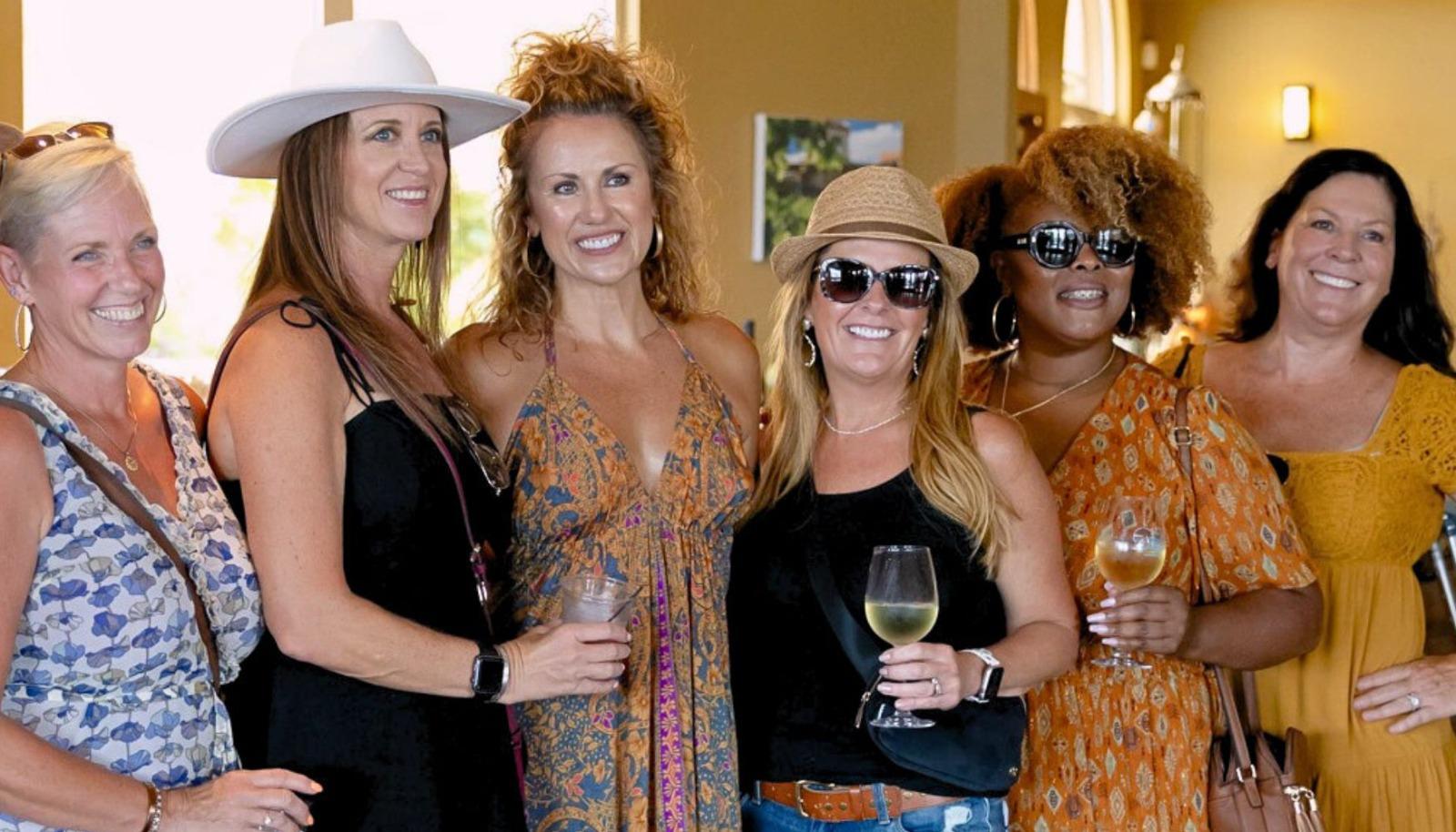
Between sips, the outdoors will pull you right back outside. Morning fog threads the redwood
groves; afternoons turn golden over vine-striped hills; sunsets put the coastline in
silhouette. If your idea of things to do in Sonoma includes hiking, paddling, scenic drives,
or dawn photography, you’re in the right county. This section packs the greatest hits plus
mellow options near towns, so you can dip out between appointments.
Redwood cathedrals, ridge panoramas, and creekside meanders are all within an easy drive. Head to Armstrong Redwoods State Natural Reserve for cathedral-quiet loops under giants.
For ridgeline views and a shot at wildflowers, Sugarloaf Ridge State Park and its observatory offer 25 miles of trails; check maps and trail status before you go.
Closer to Santa Rosa, Trione-Annadel State Park laces together 45+ miles of mixed-use trails around Lake Ilsanjo.
Casual riders can rent cruisers or e-bikes to spin vineyard lanes; guided rides pair light sightseeing with brief tasting stops so you can keep the day breezy.
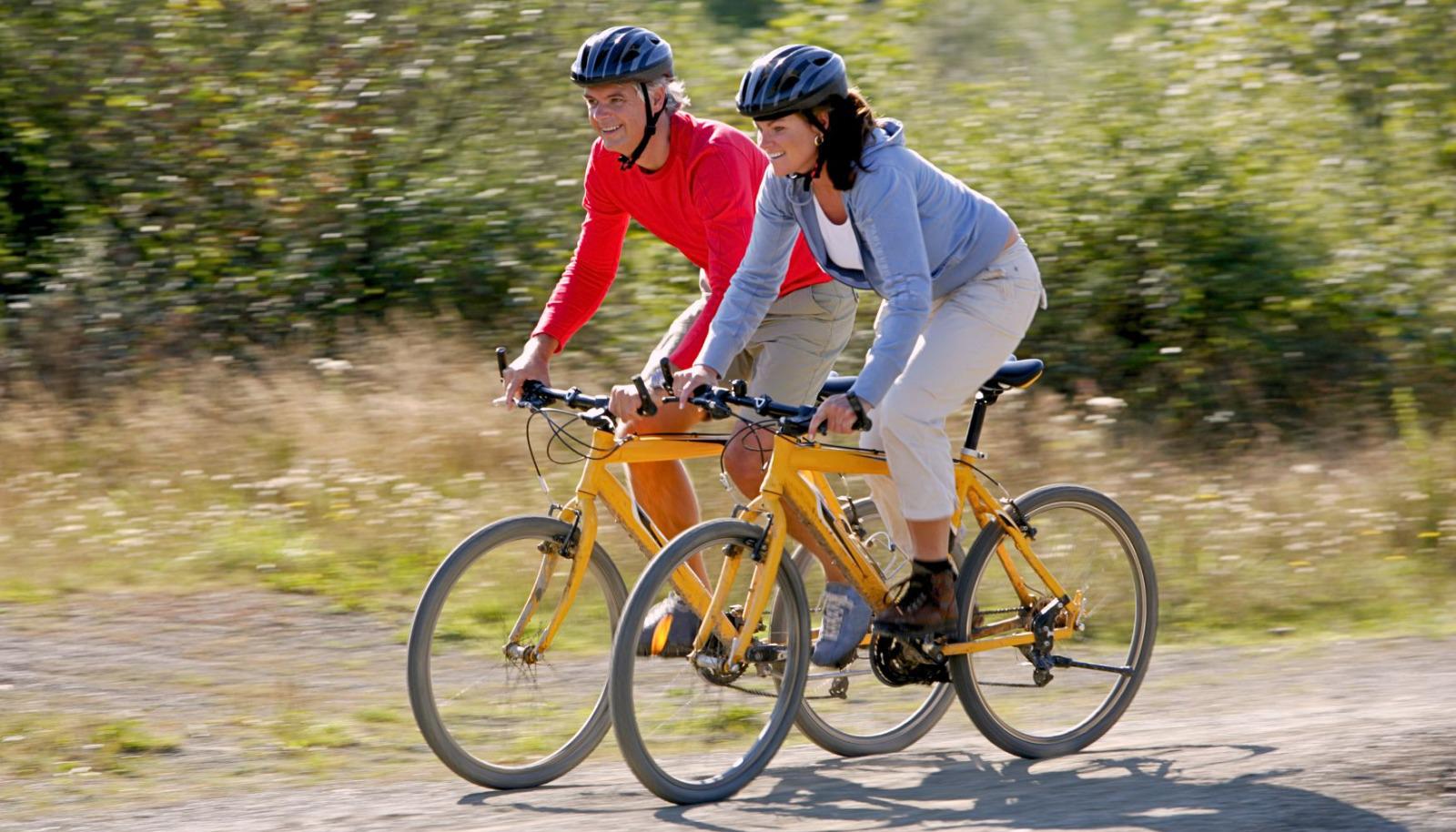
If you’re an early riser—or a sunrise-for-the-’gram person—book a flight with
Sonoma Ballooning
for river-valley and vineyard patchwork views. Pilots time launches for glassy morning air
and the soft light you want for photography. Sonoma’s dawn ballooning is famously serene,
and pairing it with a late-start tasting itinerary gives you a full, balanced day.
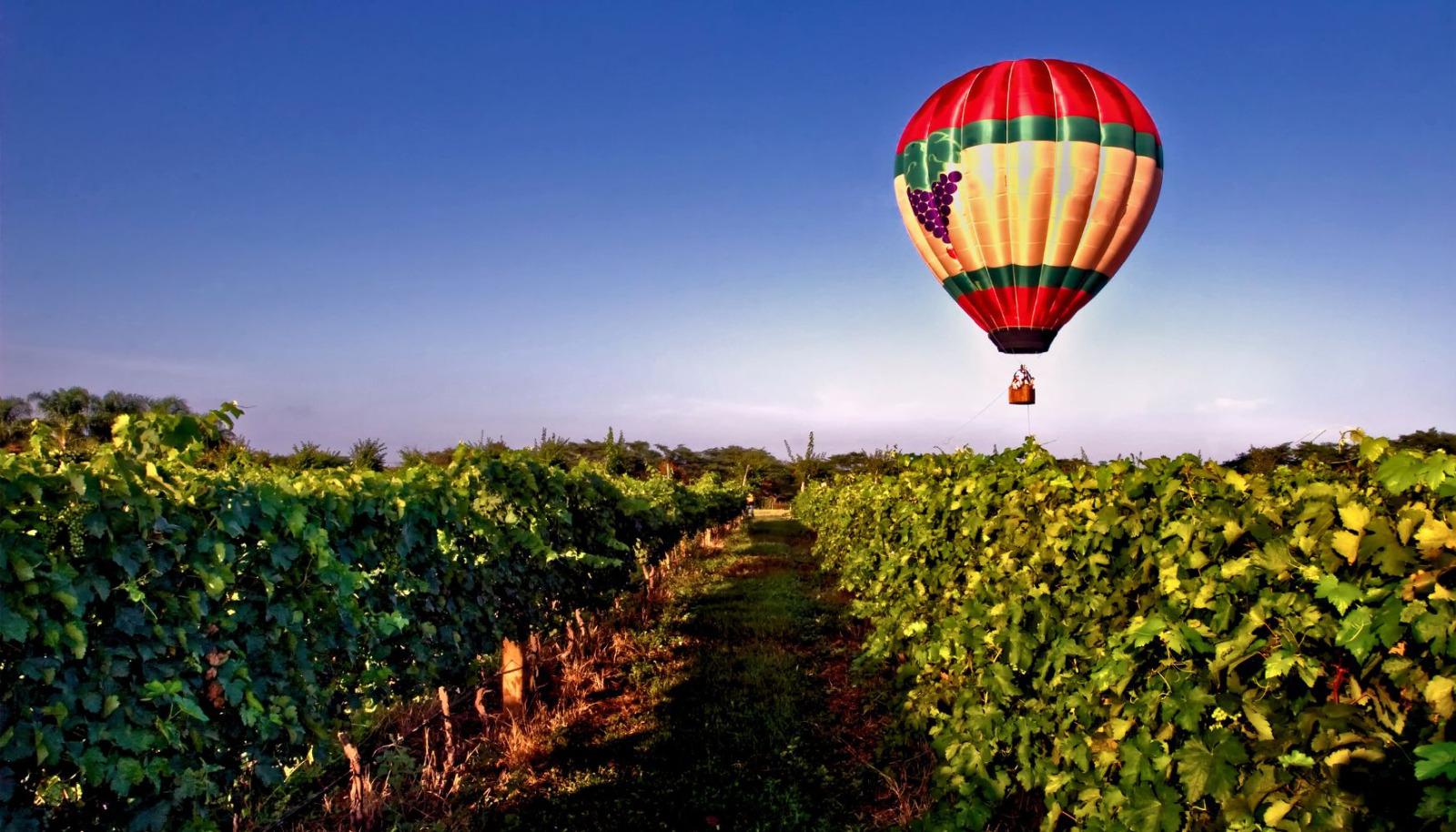
When the temps climb, the Russian River is your natural lounge chair. For self-guided
floats, check
Russian River Adventures
for canoe and kayak options, or go old-school beach day at
Johnson’s Beach
near Guerneville. Most runs can be done at an easy pace in four to six hours with swim
breaks and picnic stops. If you’re stacking things to do in Sonoma County for a summer
weekend, a river day splits your tasting lineup nicely and resets the palate.
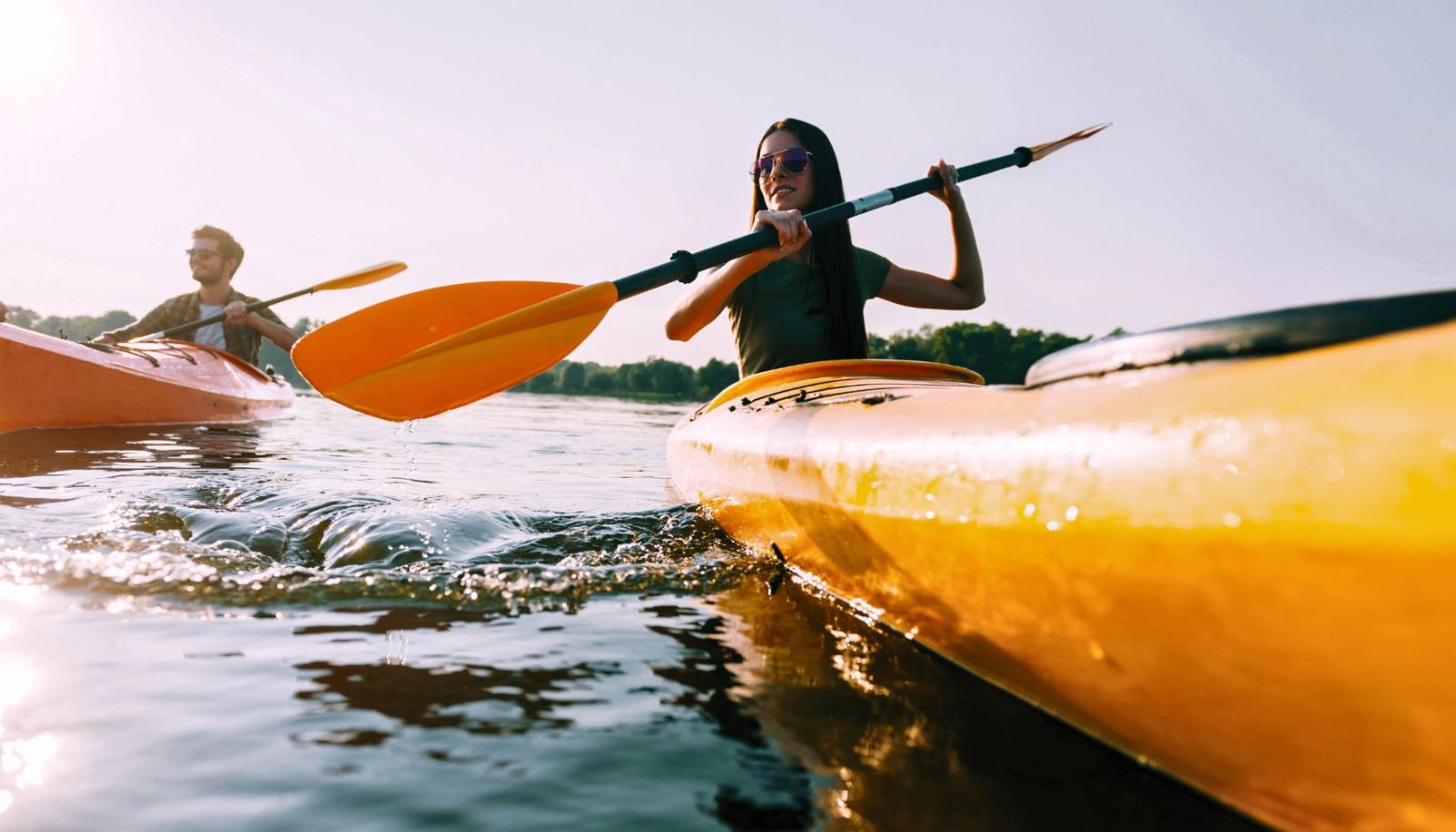
For coastal drama, cruise Highway 1 through
Sonoma Coast State Park. Inland, the Bohemian Highway curves beneath redwoods between Occidental and Freestone.
Around golden hour, vineyard access roads and low ridgelines become a playground for
landscape photography; in fall, the color pops are unreal. If things to do near Sonoma
includes camera time, plan one early morning and one sunset when the light is soft and
forgiving.
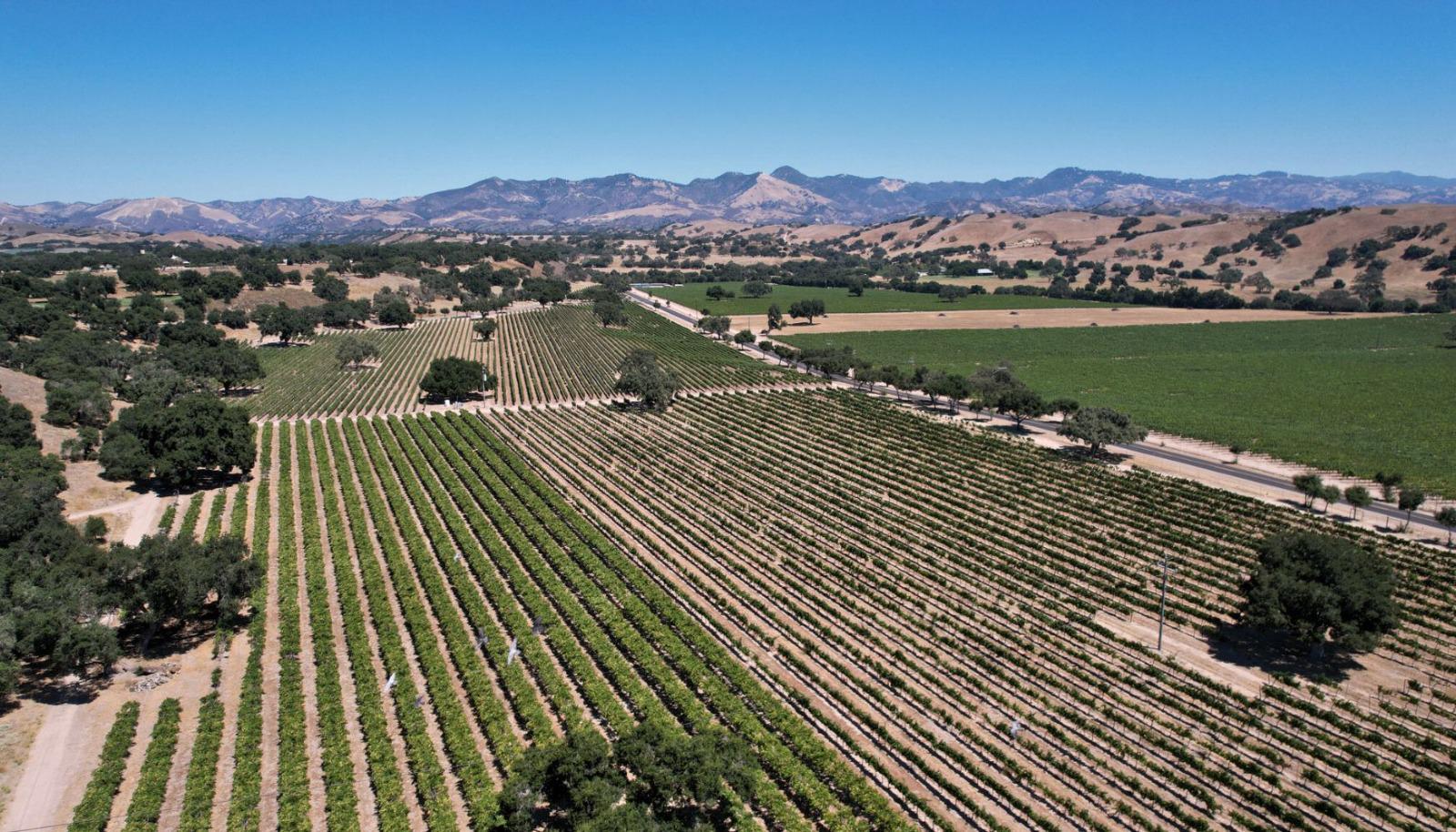
Sonoma’s past is layered—Indigenous homelands, Spanish missions, Mexican ranchos, the
Bear Flag Revolt—and you can still walk those chapters around the plaza and nearby hills. Devote a half-day to
these Sonoma attractions to balance your tasting schedule with context, architecture, and a
little shopping.
California’s largest town square is your orientation point for restaurants, tasting rooms, boutiques, tasting-adjacent bars, and leafy picnic corners. Start with a slow loop, then pick a corner café or wine bar as home base.
To plan storefronts and happenings, see Sonoma Plaza. The plaza also anchors several sites within Sonoma State Historic Park, so you can toggle between history walks and snack stops without moving your car. Shopping here ranges from artisan housewares to gallery pieces ideal for take-home photography props.
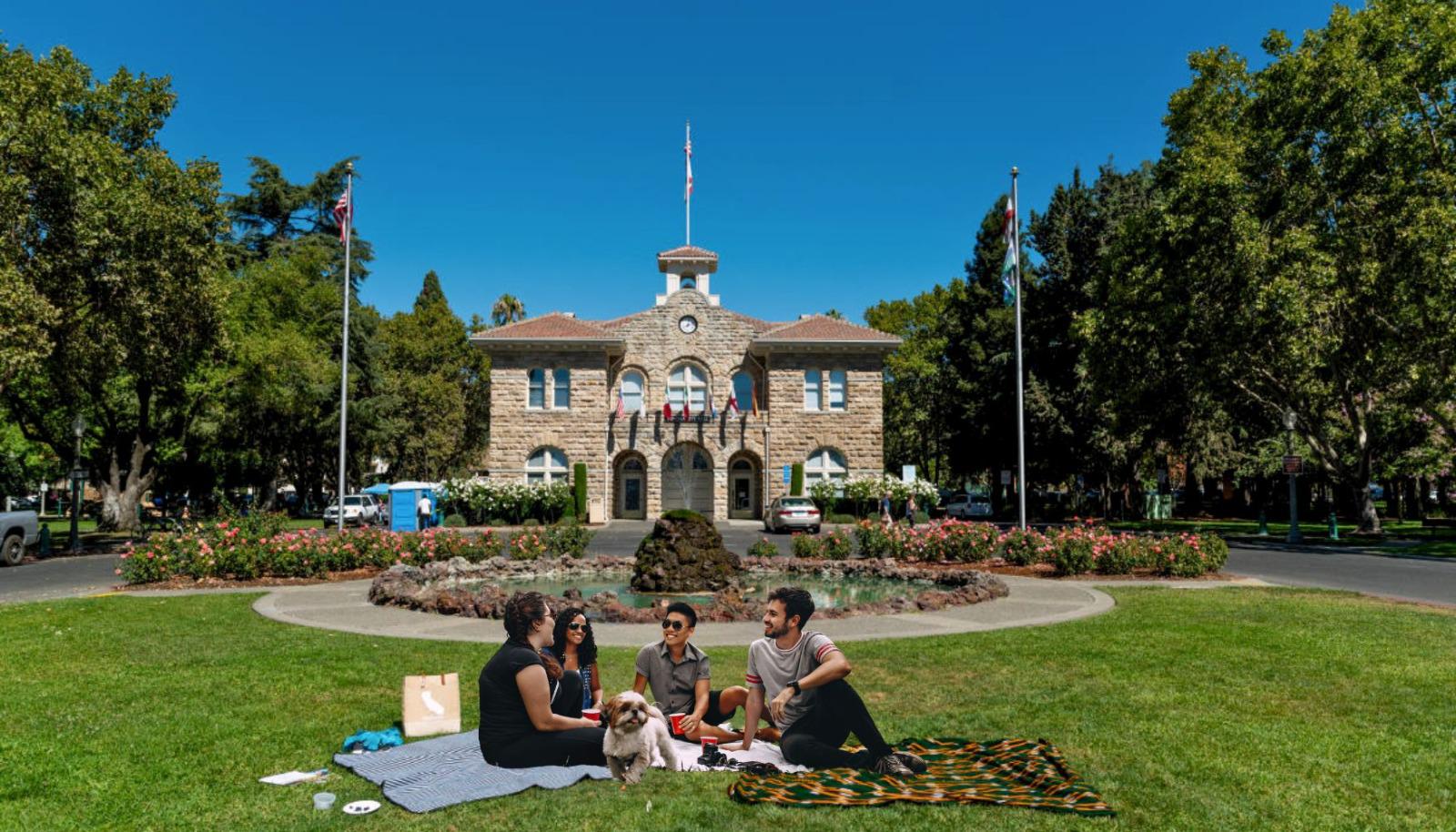
Art lovers should pop into the Sonoma Valley Museum of Art for rotating exhibitions and community programming.
Peanuts fans will adore the Charles M. Schulz Museum in Santa Rosa, where original strips and installations turn nostalgia into grin-inducing immersion.
For literature and nature intersecting beautifully, stroll the ranch trails and ruins at Jack London State Historic Park in Glen Ellen.
And at the heart of town, Mission San Francisco Solano—the last of the Alta California missions—anchors a complex of sites that’s easy to explore between lunch and your afternoon tasting.
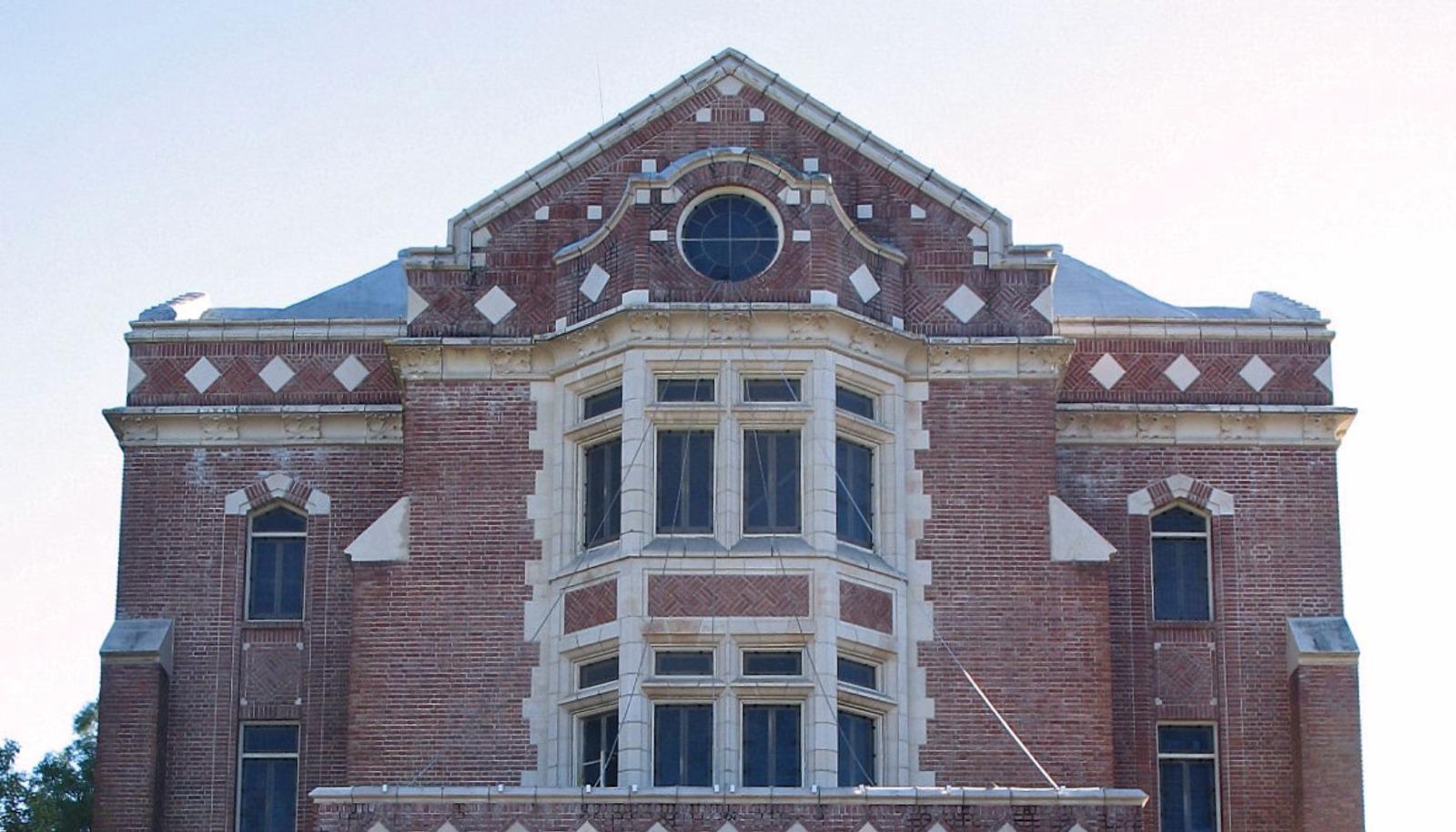
Yes, the wines are extraordinary, but the food scene is equally compelling. Seasonal cooking,
tiny kitchens pushing flavor boundaries, and chefs who collaborate directly with farms make
dining one of the most rewarding things to do in Sonoma. It’s pure food and wine synergy: pace
your pours, then lean into dishes that express place.
For a splurge-worthy apex, SingleThread delivers a 3-Michelin-star kaiseki-inspired progression that feels like theater for the senses.
On the cozy-refined end, Glen Ellen Star works wood-fire magic with vegetables and seasonal mains; the girl & the fig on the plaza serves Rhône-friendly bistro plates and a great patio; and LaSalette riffs on Portuguese comfort with Sonoma produce.
If your vacation motto is “maximize flavor density,” book one dinner in town and one up-valley to catch different moods. That should cover your restaurant cravings while leaving room for quick bites between wineries.
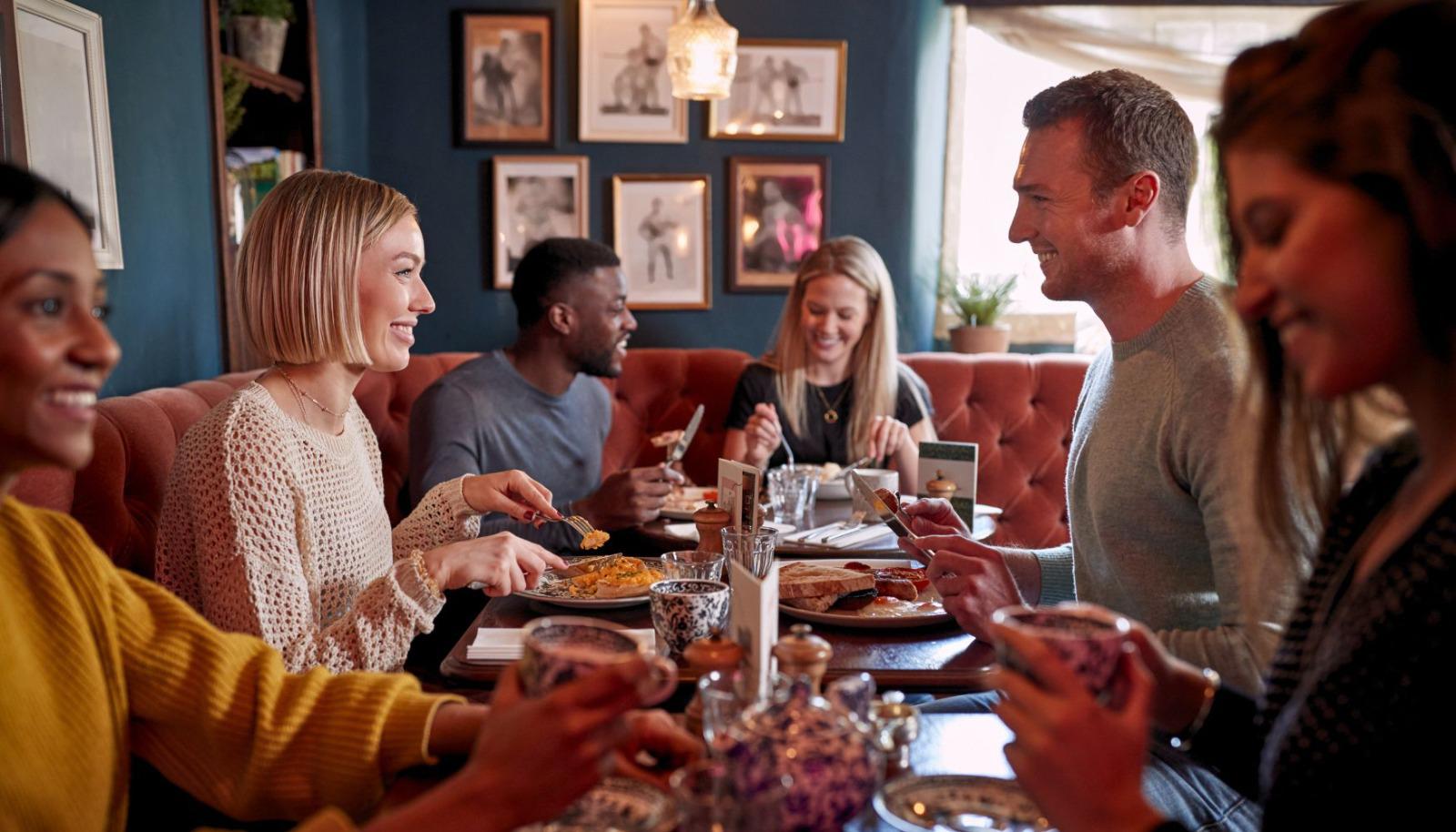
Prefer a progressive graze? Join a chef-led market walk, a charcuterie-and-cheese crawl, or a farm-kitchen class where you pick, prep, and plate the day’s harvest. These are wonderful Sonoma experiences for mixed-interest groups, pairing food and wine in equal measure. They also work for wedding weekend guests who want a daytime activity with a tangible skill at the end.
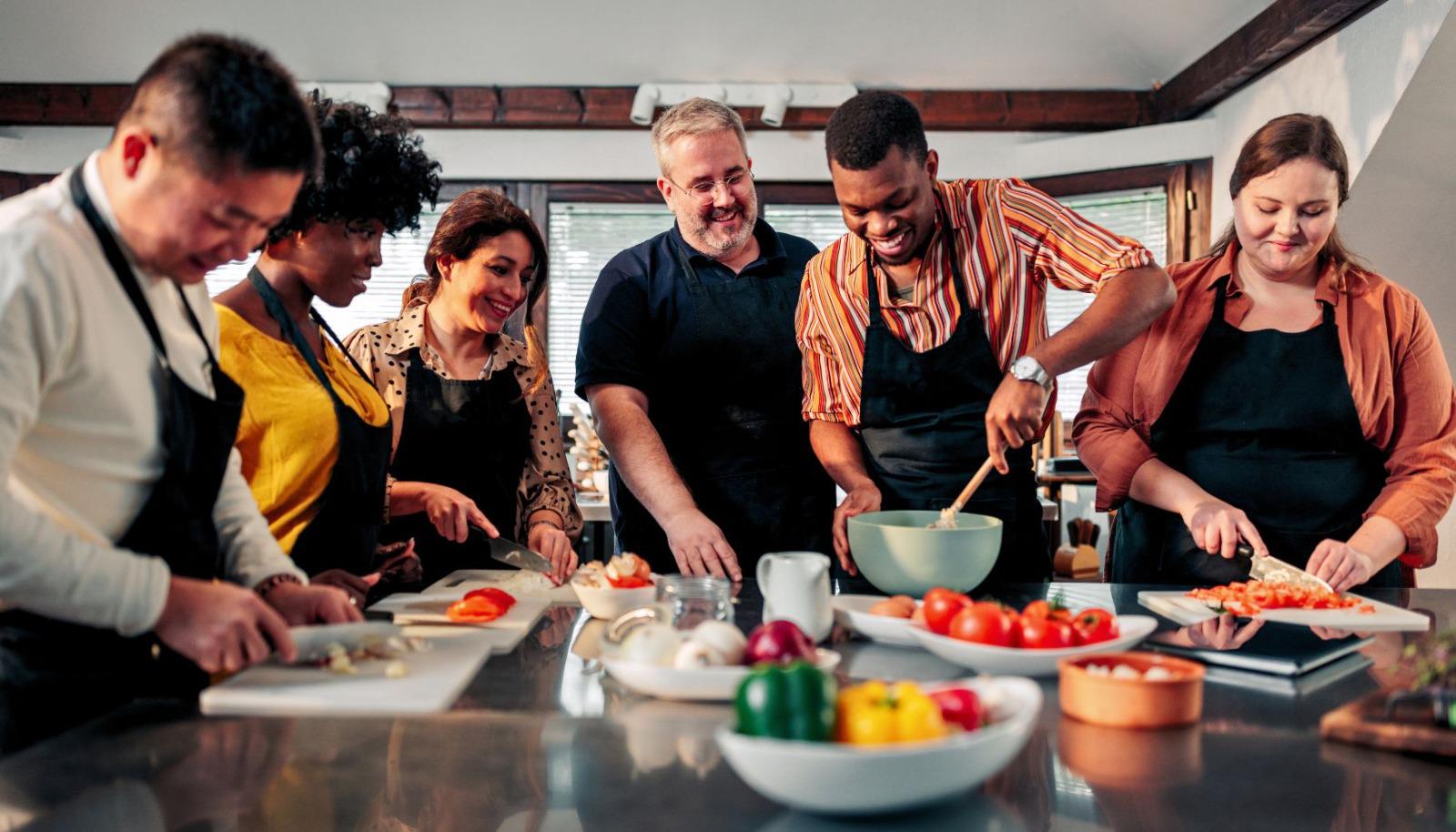
Anchor your week with a market morning. The Santa Rosa Original Certified Farmers Market (Sat year-round; Wed March-December) is the county’s OG, stacked with growers, bakers, and cheesemakers.
In town, Sonoma’s Tuesday Night Market runs May–August on the plaza with produce, food stalls, and live music—a smart way to roll dinner and nightlife together mid-week. From olive oil mills to creameries, artisan stops link you directly to the farms that flavor the region.
Looking beyond wine? Taste local craft at breweries like Russian River Brewing Company and drop by small distilleries such as Sonoma Distilling Company or Prohibition Spirits for a whiskey or gin flight. It’s a fun reset for the palate and a reminder that Sonoma County’s artisan scene extends far past grapes
The county’s rhythms shape the experience. Use this guide to align your Sonoma activities with
weather, crowds, and what’s happening in the vineyards.
Expect green hills, wildflowers, and the vineyard’s “bud break” bringing new growth to the canes. Mornings stay cool; afternoons are picnic-friendly. It’s prime time for hiking under new leaves at Sugarloaf or Jack London state parks, for mellow river walks, and for photography with mustard blooms framing vineyard rows.
Food pop-ups bloom too—great for casual restaurants hopping and food and wine pairings that
lean bright and herbal.
Long days mean morning walks, midday floats, and golden-hour tasting on patios. The river is
in full swing, Sonoma events stack across towns, and outdoor concerts pepper plazas and
winery lawns. Book spas mid-afternoon to dodge heat and crowds, then claim a later dinner
slot at plaza-side restaurants. If your list of things to do in Sonoma includes the coast,
pack layers; the marine layer can roll in fast.
Harvest. The air smells like crushed skins, tractors hum at dawn, and leaves turn copper and
ruby. This is the most sensory season for photography and vineyard sightseeing, and the
moment for behind-the-scenes tasting events and crush activities. It’s also the busiest
window for weddings, so lock lodging early. Consider weekday Sonoma wine tours to thread the
needle between action and space.
The quiet season, ideal for fireplace suites, long lunches, cave tasting, and spas. Mustard
blooms reappear late winter, painting the rows bright yellow and rewarding off-season
photography. You’ll find more openings at top restaurants, and resorts often run
shoulder-season packages—great if you’re stacking vacation days strategically. Winter is
also a sweet time for couples planning future weddings to scout venues without the crowds.
A little strategy goes a long way. Use the pointers below to line up the right days, routes,
and room keys..
Mild weather + scenery : Spring and fall win for comfortable temps, open views, and plenty of seasonal produce on menus.
Energy + events : Summer brings festivals, river time, and later hours; it’s popular for families and friend groups plotting diverse Sonoma activities.
Value + quiet : Winter delivers the most breathing room in tasting rooms, easier restaurant reservations, and deals across resorts and inns.
Fee awareness: Keep an eye on tasting prices when budgeting. Sonoma’s averages tend to be lower than Napa’s, which helps when planning multiple stops per day.
If you’re optimizing for specific Sonoma attractions—redwoods in full mist, coastal storm
photography, or crush-season buzz—pin those first, then fill in your guide with nearby
options.
Distances are bigger than they look on the map. AVAs are spread out, routes can be scenic and slow, and tourism traffic ebbs with the season. To stay relaxed and safe:
For penny-wise planning across transport, tastings, and lunches, don’t miss our insider
tips to spend less.
From vineyard cottages to design-forward resorts, the lodging palette in Sonoma County is broad—and refreshingly un-fussy. Decide first between town-center convenience and countryside calm, then pick amenities: pool, on-site spas, firepits, or walk-to-plaza restaurants. If you want an easy-button shortlist, start with Sonoma hotels and inns and filter by location and vibe.
Couples planning mini-moons or weddings scouting trips often choose an inn near the plaza
for evenings and a second night up-valley at a small resort for sunrise views and privacy.
Families may prefer cottages with kitchenettes. Solo travelers chasing photography light
love farmhouse stays near vines. Whatever your lane, book early for harvest weekends, and
peek at our
Grapeline wine tour blog
for new-opening intel.
Spring and fall for mild weather and color; summer for Sonoma events and river days; winter
for quiet tasting rooms, spas, and value. See the seasonal guide above for specifics.
Sonoma is larger, more geographically diverse, and generally more relaxed, with a big spread
of AVAs and price points. Tourism skews a touch less formal, and tasting fees are typically
lower on average.
Most of the time, yes—especially weekends and harvest. Book early for limited-seating experiences and food pairings.
Three to four wineries with a proper lunch break is the sweet spot. And just FYI, there are
about
425 Sonoma County wineries. Add a short walk or river stop if your group appreciates variety in their adventures.
If anyone plans to drink, hosted Sonoma wine tours are safer and smoother. A good guide maximizes your time and often unlocks better sequencing of appointments.
Casual-polished layers, flat shoes, and sun protection. Pack a light jacket for evening plaza
strolls and early balloon mornings.
Plenty. Redwood hiking, river days, spas, galleries, restaurants, coastal drives, hot-air
flights, and small-town nightlife all belong on your list of things to do in Sonoma.
Mix guided Sonoma wine tours, rideshares, bikes/e-bikes, and walkable town stays near the
plaza. It’s very doable if you cluster appointments smartly.
Armstrong Redwoods,
Sonoma Plaza,
Jack London Park, the
Russian River,
and a mix of iconic and under-the-radar wineries. For varietal variety and lower-key vibes,
it’s hard to beat.
Yes. Many wineries welcome kids outdoors, river and coast days are easy, and museums are slam
dunks.